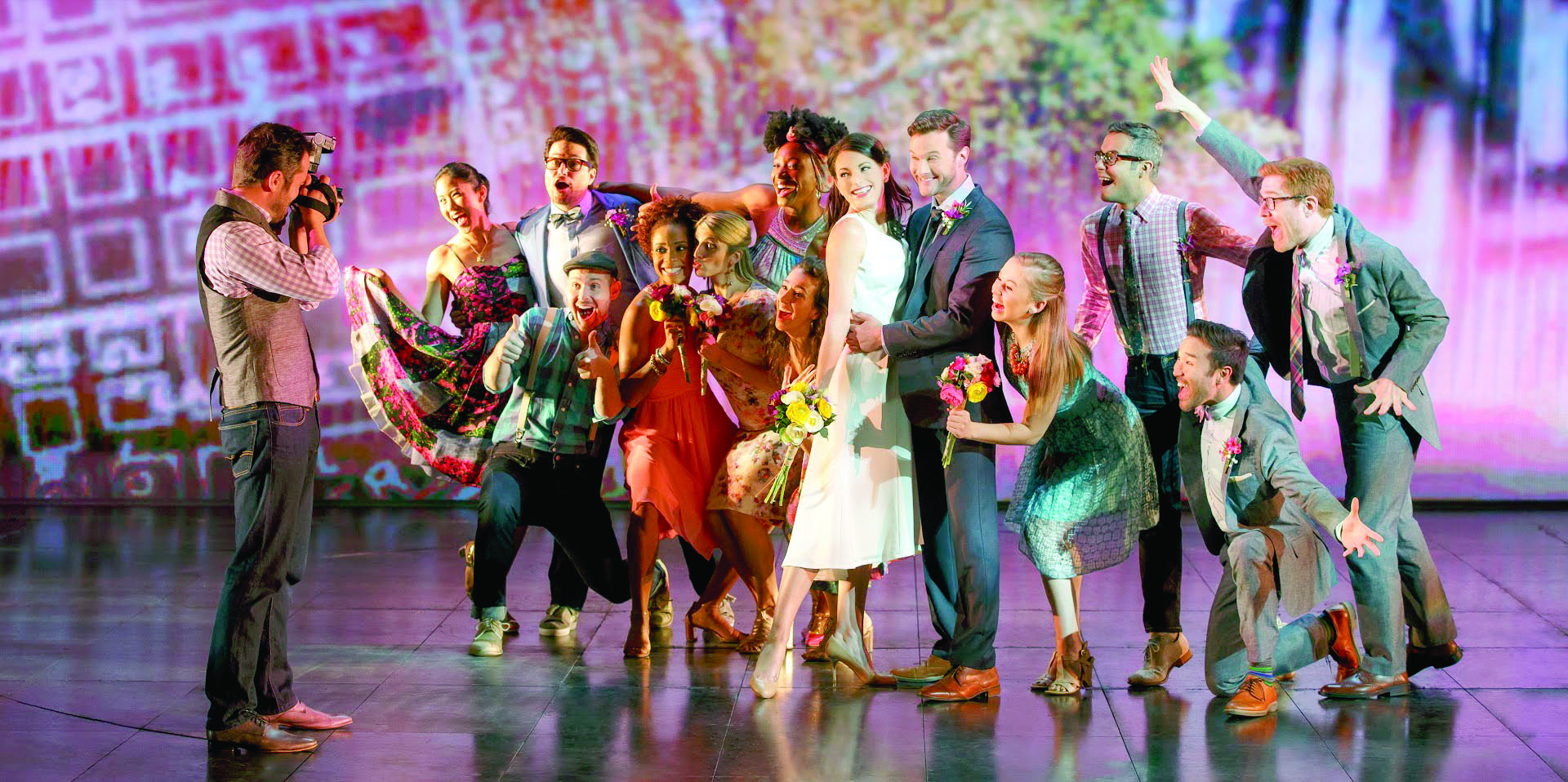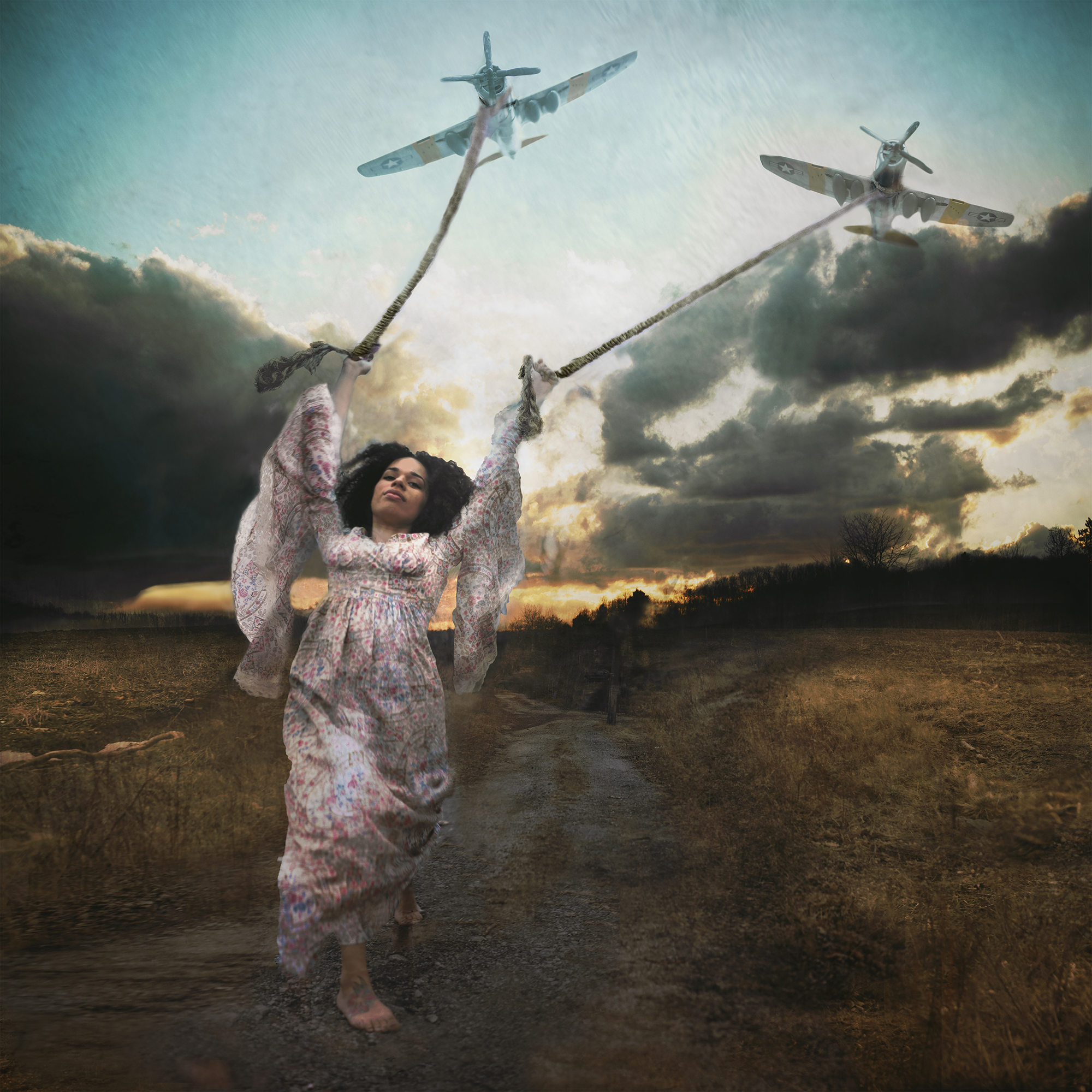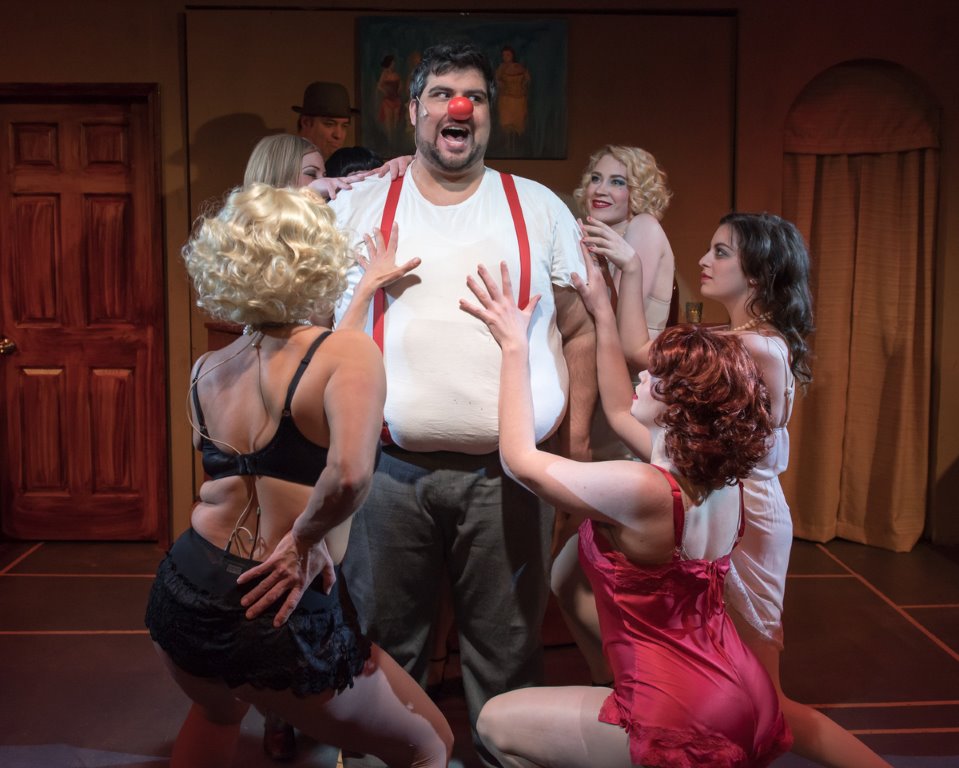Touring ‘Phantom of the Opera’ too big to fail, too good to miss at Playhouse Square’s State Theatre
By Bob Abelman
In 1992, investors doubted that the Tony Award-winning “The Phantom of the Opera” would be financially or theatrically successful outside of New York City and London’s West End.
A touring production this large and cumbersome — involving 30 cast members, a huge contingent of crew and key orchestra members, and 20 truckloads of costumes, wigs, scenery, set pieces and technology — would not draw audiences and earn a profit if it skimped on its expensive production values and it could not earn a profit if it did not skimp on its expensive production values.
Wrong on all fronts.
In addition to being the longest-running production on Broadway after 28 years (and counting) and having a record-breaking run in London after 30 years (and counting), “Phantom” also has been seen on tour by more than 140 million people in 160 cities across 35 countries.
There are currently nine productions of the pop-operetta around the world, including the latest U.S. tour that is residing for the next four weeks in Playhouse Square’s State Theatre.
This is “Phantom’s” sixth visit to our city since 1993. For the handful of readers who have yet to see this show, “Phantom” is based on the 1911 novel “Le Fantôme de L’Opéra” by Gaston Leroux, with music by Andrew Lloyd Webber, lyrics by Charles Hart, book by Richard Stilgoe and Andrew Lloyd Webber, and orchestrations by David Cullen and Andrew Lloyd Webber.
It tells the tale of a deranged and hideously deformed musical genius (Chris Mann), who lurks in the forgotten catacombs beneath the stage of the Paris Opera House in 1911. He falls in love with an innocent young soprano, Christine Daaé (played this night by understudy Kaitlyn Davis), and devotes himself to creating a new star by secretly nurturing his beautiful protégée’s talents and paving performance opportunities through a reign of terror.
This touring production, directed with precision and passion by Laurence Connor under the baton of Dale Rieling, is a remarkable piece of work. Its tragic love story is evergreen and still riveting. Webber’s romantic score is still dazzling. Maria Björnson’s original costumes — both for the staged opera scenes and those that take place behind the scenes — are still astounding. And the talent on stage in lead, featured and supporting roles is first-rate in all the ways that matter in musical theater.
But this tour also boasts a creative revisiting of the work, complete with alterations in the majestic staging by Connor, a freshening of the choreography by Scott Ambler, jaw-dropping set and lighting design by Paul Brown and Paule Constable, respectively, and breathtaking pyrotechnics.
At the center of all this is a foreboding, 10-ton rotating rotunda that opens at different phases of its orbit to reveal the Corps de Ballet dressing room, the ostentatious and comically overcrowded opera manager’s office, the opulent opera house stage, the underground labyrinth underground, and the Phantom’s lair.
The original staging by Harold Prince and Gillian Lynne was dramatic and the epitome of theatricality and precision. It still is, but much of the movement has been brought down stage — including the Act Two-opening “Masquerade” number — that makes the production more accessible to the audience. Gone is the dramatic sweeping staircase for this scene, which might upset “Phantom” traditionalists, replaced by mesmerizing mirrors and mazes.
Some of the characters have been revisited as well. The owners of the opera house (David Benott and Price Waldman) are no longer as clownish as past productions, though they are still wonderful and necessary comic relief.
There’s also a decidedly muted quality to the passion in the love triangle between the Phantom, Christine and her suiter Raoul (Storm Lineberger). With an understudy in the leading role, it is hard to tell if this dynamic is a creative choice or a matter of circumstance. Davis’ Christine seems more strong-willed than past ingénues and less drawn to Raoul’s advances. And Mann’s Phantom, while very dangerous, seems particularly vulnerable. Both are intriguing twists to roles thought etched in stone since the original production in 1986.
Only Mick Potter’s sound design gets in the way of the fine performances by balancing orchestra and vocals to the point where there is no distinction between them during group-sing numbers like “Notes/Prima Donna.” Lyrics and musical phrasing occasionally get lost in the mix.
This would be a problem if not for the fact that most people in attendance know the lyrics by heart and Webber’s music has so much repetition that those lost phrases are bound to come back around in time.
So will this tour, given the show’s history to date. But don’t wait. This rendition is one worth seeing. CV
On stage
WHAT: “Phantom of the Opera”
WHERE: State Theatre, 1519 Euclid Ave., Cleveland
WHEN: Through July 10
TICKETS & INFO: $50-$150, call 216-241-6000 or visit playhousesquare.com
Bob Abelman covers theater and cultural arts for the Cleveland Jewish News. Follow Bob at Facebook.com/BobAbelman3.
Originally published in the Cleveland Jewish News on June 19, 2016.
Lead image: The Company performs ”Masquerade.” PHOTO | Alastair Muir











